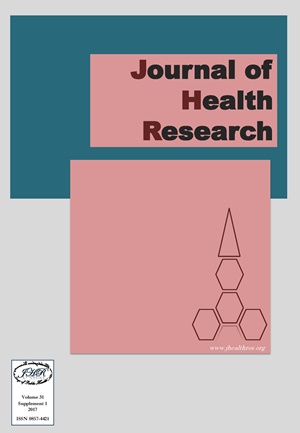Knowledge, Attitudes and Practices Regarding to Malaria and Home Environment Prevention among Population in Palaw Township, Tanintharyi Region of Myanmar
Keywords:
Knowledge, attitude, practices, Malaria, Home environment, MyanmarAbstract
Background: Malaria is still a priority public health problem in Myanmar. Socio-cultural, economic factors, housing conditions, knowledge, attitude, and practices of the community play an essential role in transmission and preventing malaria infection. Therefore, this study assessed association between knowledge, attitudes and practices levels among population in Palaw Township, Tanintharyi Region of Myanmar.
Methods: A cross-sectional study method was conducted during June-July, 2016 to identify knowledge, attitude and practice regarding to malaria prevention among population in Palaw Township, Tanintharyi Region of Myanmar. Four hundred and thirty participants aged 18-64 years were participated in this study. A structure questionnaire was used to gather the data. Chi-square and Fisher’s exact test were used to determine the association between knowledge, attitude and practice.
Results: The findings showed 50.7% of respondents had good knowledge; 16.3% had good attitude, while only 6.5% had good practice regarding malaria prevention. The study found strong significance association between knowledge about malaria and prevention practices (p<0.001). Good knowledge and good attitude were high; and prevention practice was moderate. Knowledge towards malaria causes, transmission, symptoms and home environment prevention were significantly associated with prevention practice. Susceptibility, threat, treatment and home environment prevention attitude were found an association with prevention practice (p<0.001).
Conclusion: Health education program with direct interaction to community should be emphasized; and the correct knowledge about housing condition and housing structure to prevent malaria should be provided in order to improve the knowledge, attitude, and practice regarding malaria prevention.






